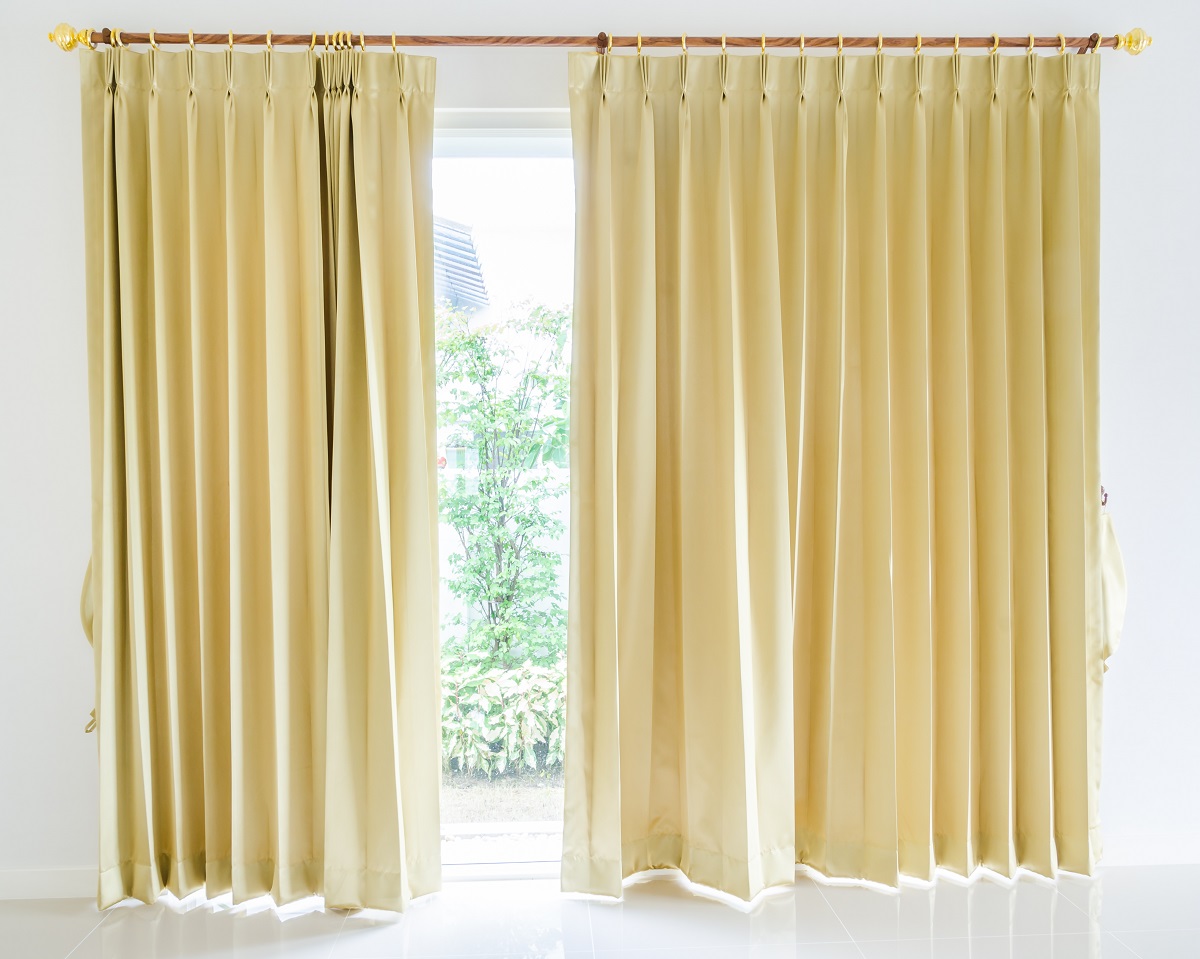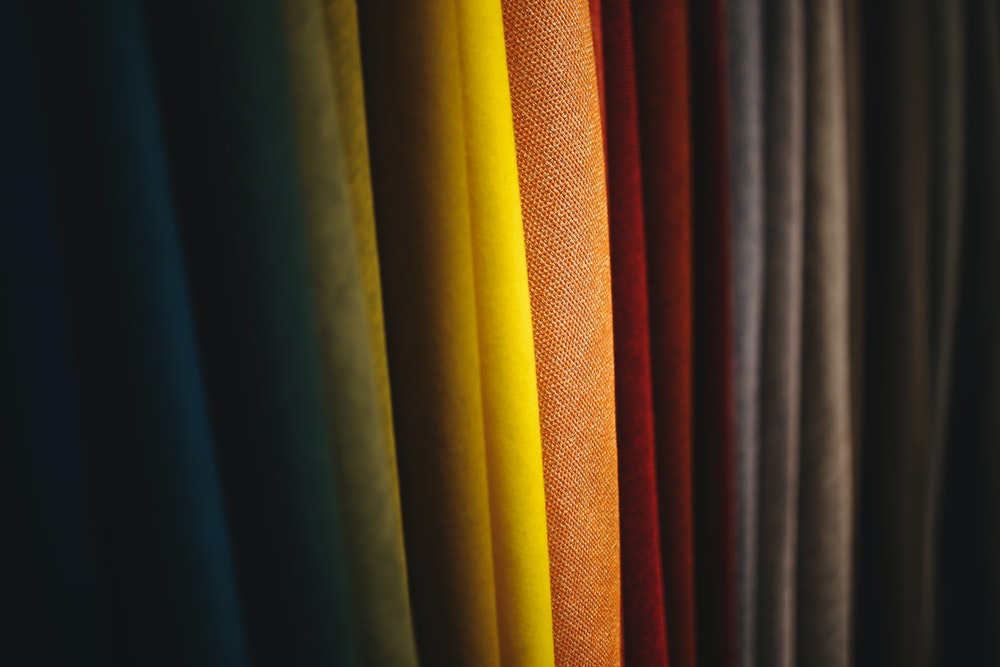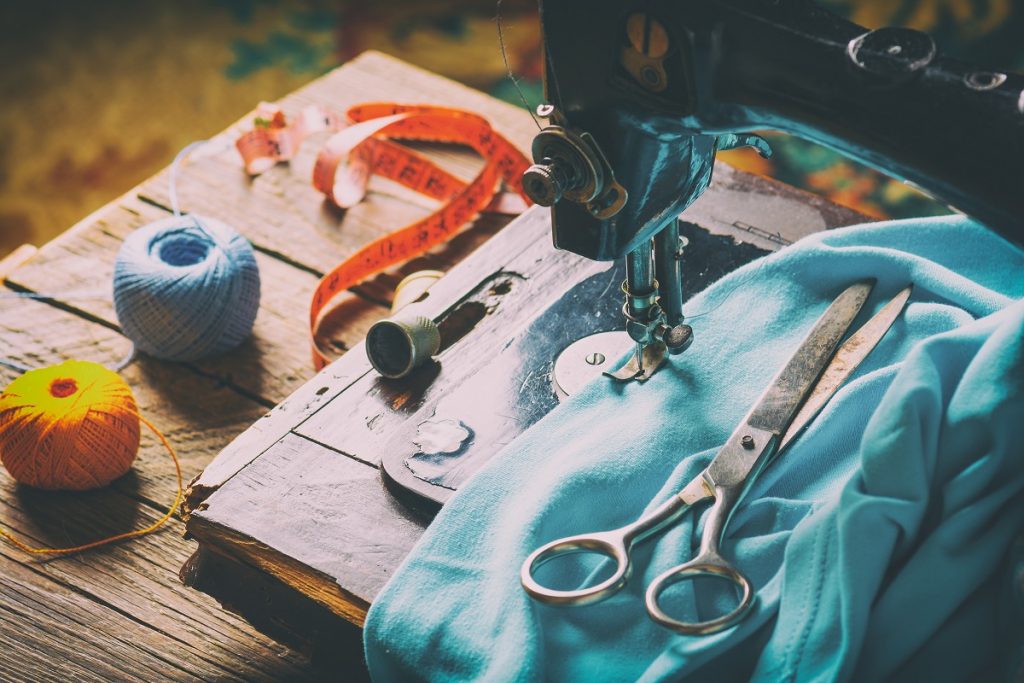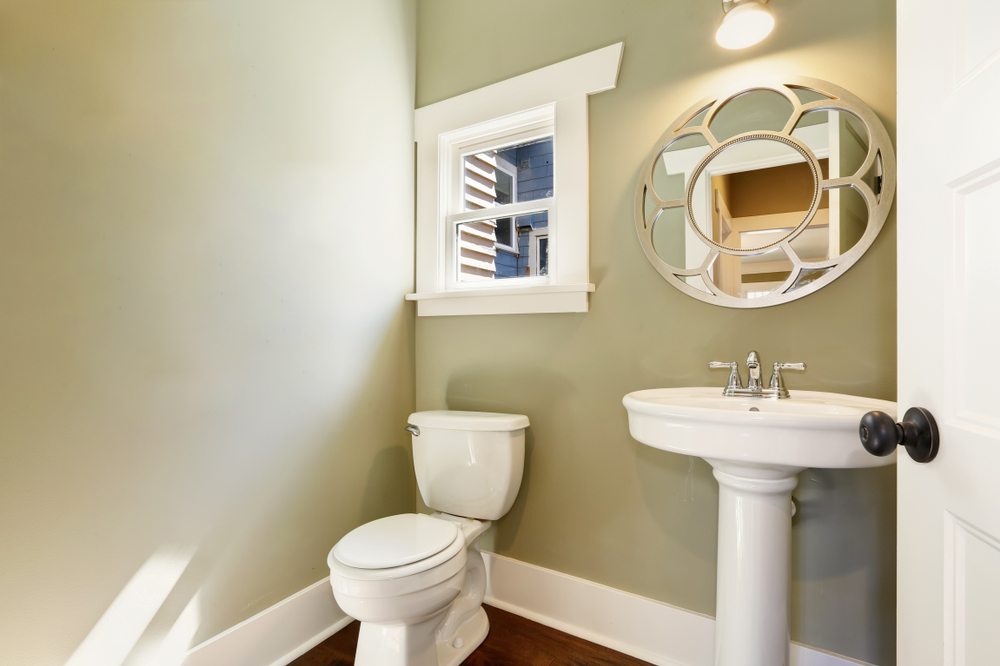For men and women who craft for arts or home improvement projects, deciding how much fabric you need can be tricky. If you underestimate, you may not be able to make the best output and be forced to buy more fabric; if you overestimate, you may be left with a lot of fabric you might not want to use for a future project.
If you’re shopping at a fabric store run by professional crafters, they may be able to help you and give advice on how much fabric you need and which material is best. But if you’re not sure if they can help, it’s always best to know beforehand how much you need to buy. It’s also great on your wallet because you won’t be spending on more than what you need.
So, here are some of the common fabric-related craft projects and how much fabric you’ll need to buy.
The Basics of Fabric Allowances
For 2D crafts that require fabric, the measuring is simple: if you need one yard of fabric, get one yard of fabric. However, for projects that have seams, hemming, edging, pleats, crimping, ruching, or gathering, you need to have an additional allowance of at least one extra yard.
Fabric for Flat Crafts
- Take the width of the fabric and divide it by the width of one piece of craft you’re making. Round up to the nearest whole number.
- Total number of pieces divided by the number of pieces that fit into the width. This tells you the number of rows needed.
- Next, multiply the number of rows by the length of one piece of your craft.
- Divide the total number by 36, and then round up. This is the number of yards you need.
How Much Fabric for Clothes?
It comes down to two factors: the size of the clothes you’re making, and what kind of garment you’re making. Obviously, a pair of shorts takes less fabric to make than a pleated dress with long sleeves. But a pair of shorts for someone who is a size 4 needs less fabric than shorts for someone who is a size 16.
With that in mind, take note of the average fabric amount used for certain garments. This is assuming the person wearing these clothes are a size 12 and has an average height.

Also, most fabric stores have fabrics with a width of 54 inches, so these measurements assume you’re working with this kind of fabric; add more if you’re working with 48, 42, or 40-inch fabrics. Finally, these fabric sizes are estimated with hemming and seams into account, but for pleats, ruching, or other designs that take up fabric, it’s safe to add at least one yard depending on how big this design will be.
- Pants, full-length: 2 1/2 yards (including a 1/4 yard allowance for cuffs);
- Pants, Capri: 2 yards;
- Shorts, Bermuda: 2 yards;
- Skirt, straight: 2 yards;
- Skirt, A-line: 1 1/2 yards;
- Skirt, gathered: 1 1/2 yards (2 yards for more gathering);
- Shirt, short-sleeved: 1 1/2 yards;
- Shirt, long-sleeved: 2 yards;
- Blouse, short-sleeved: 1 1/2 yards;
- Blouse, long-sleeved: 2 yards;
- Blouse, long-sleeved with tie: 2 1/2 yards;
- Blouse, capped sleeves: 1 1/2 yards;
- Camisole: 1 1/2 yards;
- Dress, short-sleeved with straight skirt: 3 yards;
- Dress, long-sleeved with straight skirt: 3 1/2 yards;
How Much Fabric for Curtains?

This will depend on the width and length of the window you’re planning to use it on. Let’s say that I have a window that’s 6 feet wide and 4 feet long and 3 feet off the ground (which means it has a height of 7 feet if I want to make floor-length curtains). If I want to decorate my home with my own curtains, here’s how I would estimate it.
First, measure the width of the window and multiply it by 1.5 or 2, since curtains will be folded on a curtain rail when used. This depends on how thick you want your drapes or curtains to be. In my case, this means I need to have fabric the width of 12 feet (or 144) inches to cover the width. Divide 144 inches by 54 inches (54 inches being the standard width of fabric sold in fabric stores), which means I’ll need around 2 3/4 pieces of fabric just to cover the width.
Now, the length of fabric will be your curtain’s height from the railing to the floor (or whatever point in the wall you want your curtains to hang). In my case, I want it to be floor length, so it will be 7 feet or 84 inches.
So, knowing these numbers we need to buy 2 3/4 (or 3) pieces of 7 feet of fabric to cover the window. Multiply 7 by 3, and you get 21 yards of fabric.
How Much Is a Yard of Fabric?

It really depends on factors like the type of material (e.g. polyester and silk are more expensive than cotton), the quality, the seller (fabric stores in marketplaces, bazaars, and online stores are cheaper than department stores), and how rare the fabric is (Vicuna wool is more expensive than sheep wool).
With this in mind, expect that a cheap yard of fabric can start at $5 per yard, with more expensive ones reaching $50. If you’re trying to budget, it’s important to get an accurate estimate of how much fabric you need and then purchase them in a bazaar or a fabric store that provides fabrics in bulk.
Tips for Buying Fabric
- When in doubt, it’s always better to buy too much fabric than too little. If you end up with insufficient fabric, the quality of your craft may be ruined by stitching your original fabric with the additional one. There’s also a risk that the dye lots will be different, so while the fabric is the same pattern, it may not be the exact same color.
- When making garments, the pattern envelope should include a list of recommended fabrics. While you aren’t limited to these fabrics, you’ll want to find something with similar qualities. This is because the measurements may already account for stretchy fabrics.
- These patterns may also already have a recommended amount of fabric to buy. However, if you want to play it safe, round up to the nearest whole yard or half-yard. If it calls for 3 1/4 yard, buy 3 1/2; if it says 3 3/4, but 4 yards.
- If your local fabric seller does not provide the fabric you want, you might want to try shopping online. Some online stores may not be reliable, so try asking your fellow crafters for recommendations.
- Worried about shrinkage? Ask for preshrunk fabric, also known as Sanforised or Mercerised fabric. If these aren’t preshrunk, buy around 10 percent more fabric and wash it before use.
Bottomline
For other projects, it’s best to use a fabric calculator and then try to measure how much would be enough. With accurate measurements and estimating the amount of fabric you need before making a purchase, you can reduce the excess fabric you have after a project while avoiding the risk of not buying enough.




